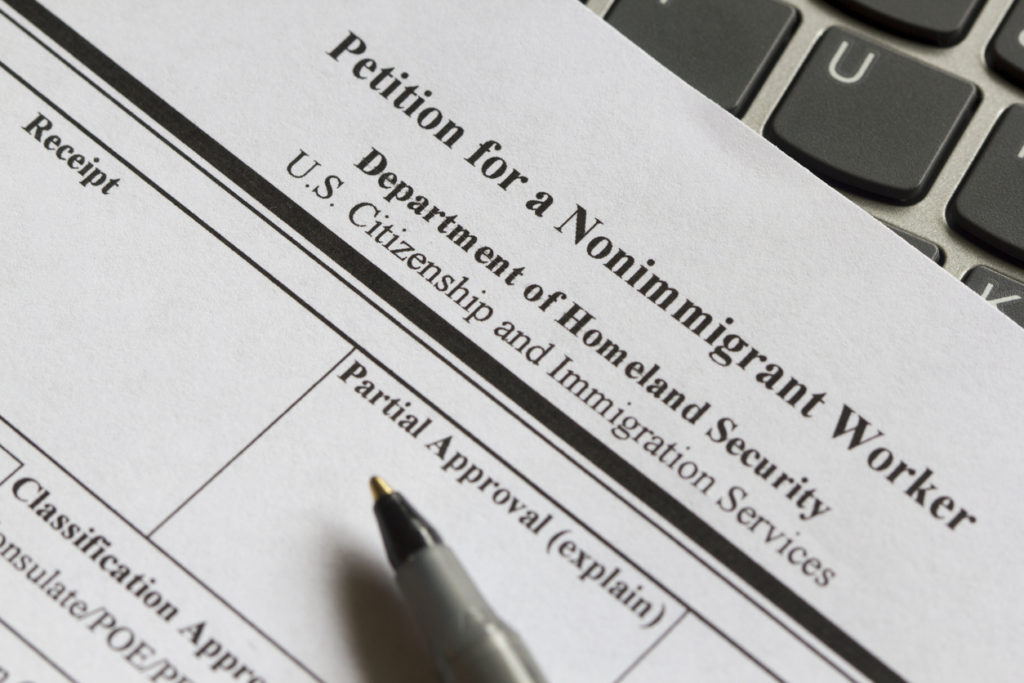Applying for an Artist Visa Under the O-1A Category

Applying for an Artist Visa Under the O-1A Category
If you’re considering applying for an artist visa under the O-1A category, this guide will provide you with essential information. Unlike the O-1B category, which is primarily for artists, O-1A is more academic-focused and applies mainly to educators and researchers.
What is an Artist Visa?
The O-1 visa is a U.S. work visa designed for individuals with extraordinary ability. It is divided into two main categories:
- O-1A: For individuals in the fields of science, education, business, and athletics.
- O-1B: For individuals with extraordinary ability in the arts or those working in the motion picture or television industry.
This article focuses on the O-1A category, especially how a piano educator successfully extended their visa under this classification.
Key Features of the O-1A Categor
The O-1A category is designed for educators and researchers, making it different from the artist-focused O-1B. Below, we’ll explore a real case where a piano teacher successfully applied for a three-year extension under the O-1A category.
Case Study: O-1A Extension for a Piano Teacher
A friend applied for a three-year extension under the O-1A category but received a Request for Evidence (RFE) from USCIS. I assisted in preparing additional documents, and eventually, the extension was approved.
Handling a Request for Evidence (RFE)
USCIS’s RFE letter clearly outlined areas for improvement. To respond effectively:
✔️ Carefully analyze the request to determine exactly what USCIS wants.
✔️ Provide specific, well-documented evidence rather than general explanations.
✔️ Organize documents professionally to clearly demonstrate achievements.
Documents Required for an O-1A Application
Unlike O-1B applicants, O-1A applicants don’t need extensive performance experience. Instead, a strong teaching and academic background is key.
Examples of Submitted Documents
✔️ Records of Masterclasses and Lectures
✔️ Experience and achievements in group piano lessons for children
✔️ Publication of original piano teaching methods
✔️ Invitations to international music education conferences and lectures
✔️ Proof of students winning competitions
These documents should be categorized and presented logically, demonstrating both past achievements and future career plans.
Key Differences Between O-1A and O-1B
| Feature | O-1A | O-1B |
|---|---|---|
| Main Focus | Education & Research | Performance & Artistic Impact |
| Required Documents | Teaching credentials, academic research, conference participation | Concert programs, reviews, awards |
| Who Should Apply? | Educators, researchers, scholars | Performers, actors, musicians |
Even without an extensive performance history, you can still qualify for O-1A by highlighting achievements in music education.
The Importance of Media Exposure
Regardless of whether you apply for O-1A or O-1B, media coverage is essential. Public recognition through:
✔️ Newspaper and magazine articles
✔️ Interviews and features in industry publications
✔️ Social media presence and professional website
helps demonstrate your influence and credibility.
Conclusion
In this guide, we explored how to apply for an artist visa under the O-1A category and highlighted key differences from O-1B. While the required documentation differs, both categories emphasize media exposure and evidence of influence.
If you’re considering an O-1 visa application, start building your portfolio and leveraging social media to boost your visibility.
📌 For more insights, check out our collection of artist visa articles!


